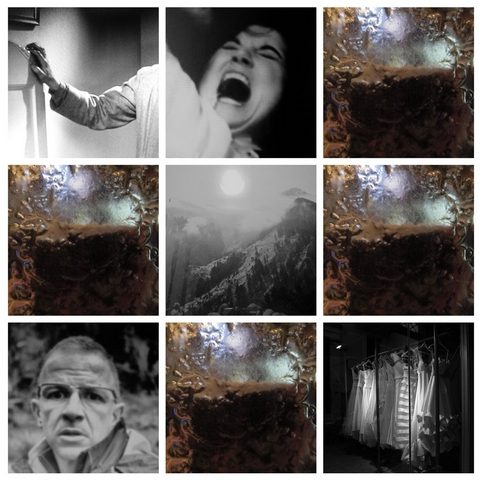INTERVIEW: Yiannis Theodoropoulos
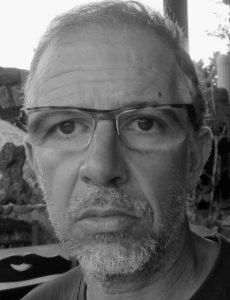 A strange feeling, awkward initially, that was unexpected and the return for α second time in the exhibition of Yiannis Theodoropoulos at the AlfaΔelta Gallery (24/9-8/11/14), with a series of photos, that in the first reading look unrelated, but on the merits is the narration of a personal – family story that reflects the experiences and the history of our generation. It was the cause of the very interesting interview with the artist below.
A strange feeling, awkward initially, that was unexpected and the return for α second time in the exhibition of Yiannis Theodoropoulos at the AlfaΔelta Gallery (24/9-8/11/14), with a series of photos, that in the first reading look unrelated, but on the merits is the narration of a personal – family story that reflects the experiences and the history of our generation. It was the cause of the very interesting interview with the artist below.
By DimitrisLempesis
Photo: Yiannis Theodoropoulos
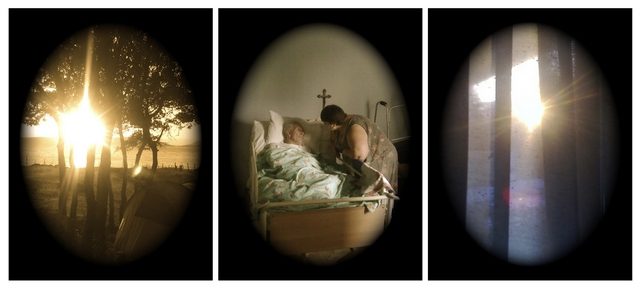
At the first sight, this exhibition seems very different from the previous ones, mainly from the “Greenhouses”, you showed years ago, however, we see a number of similarities. What they have in common and what is the difference?
From the exhibition with the Greenhouses, 15 years have passed and have preceded other three solo exhibitions in A-D gallery plus this one. Indeed the exhibition with the externals of Greenhouses was different from the next that followed. In greenhouse series, now that I see it from far away I am concerned about the issue of protection. The Greenhouse is a warm matrix with a bright dome, is a perfectly controlled environment. Then and now I am impressed with this illuminated garden, shining through the light that fell from the gelatins. Some greenhouses that I found were abandoned and the wildlife had begun to prevail, others were in a state of rest, completely empty. In the Greenhouse technology takes the place of God and the believers are the plants. Then follows the work with the inner of clothes and furniture, looking for more protection and ultimately in subsequent exhibitions, I deal with the inside of my house.
How affects you as an artist the inside of the house, is a source of inspiration?
Not just affects me, it marks a big part of my job. I would say that in the last years the home is my studio, I observe there with an internal look what normally seems indifferent. What interests me is the transformation of those elements, that we do not give importance to landscape, which associatively rather than just refer some times in a landscape of nature, or of the human body. This part of my work flirts directly with sculpture, that is why I consider as relative artists: artists, sculptors, painters and rarely photographers, referring to the Greek scene. Through the house, and its landscapes, I discover the world again I would say that I have the luxury to do that.
The photo that really seems to be the turning point, is the one with the chocolate house in the refrigerator, you consider that it represents the end of innocence or the agony to embalm her?
I put the chocolate house the last minute, protected from the chill of the refrigerator, here is the reverse of the Greenhouses, I thing that represents the end of innocence but also and the agony for her mummification. This is what Art do, mummifies the innocence. What else could she do? The chocolate house is not the turning point of the end of the exhibition, maybe is a key for the viewer to see more clearly.
This whole series of these works is the illustration of your relationship with your family, but also is the illustration for many of us that we have parallel lives. For you, except a sociological and artistic mapping, the exhibition functions as redemptive and liberating process and conversation with the viewer?
I would say yes! Definitely works liberating for me, but I imagine for many of the viewers, otherwise it would be pointless to make this exhibition, if I get something from this, is that touched people that I was not expecting. As for the photo with my sick father and Maria who looked after him, I tried to present it as discreetly as I could and eventually worked.
Really what route must follow the viewer in the exhibition, because the one direction at first reading seems contrary to the other, although eventually completes one another.
You do not have to follow a certain path, you feel what I do or not, the rest are literatures. The good thing with visual arts is that if you do not communicate with the work of someone, you can leave politely. You cannot do that in the theater.
You can leave from the theater also in you ensure to have a seat in the back rows (laughs). In a series of small photos that serve as a picture puzzle, we find that you use well-known symbols, socially entrenched, with humor and sarcasm. Is it an attempt to get rid of the symbols?
Indeed is an attempt to get rid of the symbols, but no attempt is made for this, it just happens. Although the symbols in one way or another, always determine our imagination, simply we give them another meaning
Throughout your work, there are pictures like this with the pounds that are like little snippets of everyday life and especially at home. What does it mean house for you?
The house, at least for my job means everything. Is the landscape I grew up and now slowly I am getting old. In the early years, the house had no fence and I felt continuity a threat, perhaps from there started the series with the Greenhouses that are so tightly closed… The house is a villa constructed by Sthenis Molfesis (famous Greek Architect 1929-1998) in the edge of the Forest, in a refugee neighborhood, and this stigmatized me in relation to other children, I always felt different and the kids punish dissimilarity, not only the kids. The Greenhouses are symbolic; signify the ultimate control of man in nature, with the disastrous results we see around us. In this way, family is trying to control in its own way, producing dependent citizens, far away from utopian autonomous society. Through my work, what I show are documents from family albums, arbitrary structures in the outskirts of the city, hidden corners of my home, or self-portraits, I make a poetic, self-sarcastic chronicle of the social landscape in which I grew up.
We distinguish a special humor in your photosi n conjunction with sensitivity and sarcasm, what is your main goal? What do you want to express?
I do not want to express something, at least intentionally, nor have I a purpose, just wanted a fine internal communication with two or three people. As for the humor and sarcasm in almost all my works beyond to those shown in solo exhibitions, annotate what it happens around me, using usually myself as main character, after all what is happening outside of us, comes with us, otherwise it would not be recognizable.
First Publication: www.dreamideamachine.com
© Interview – Dimitris Lempesis
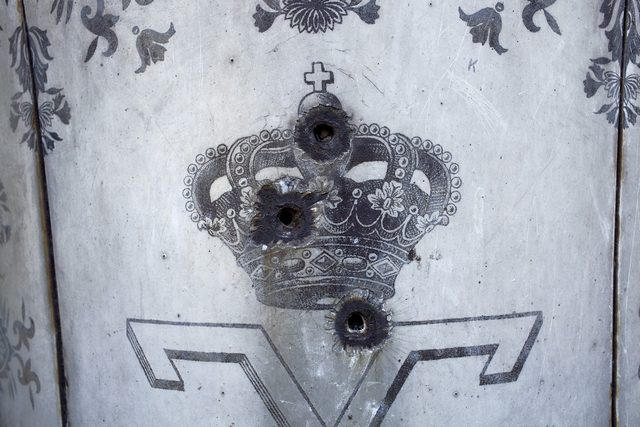
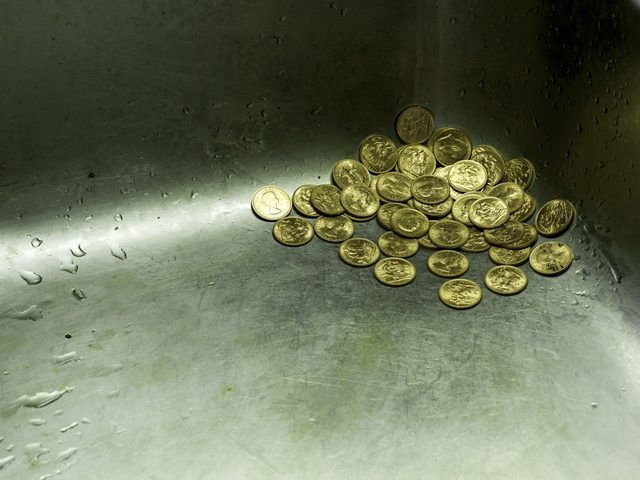
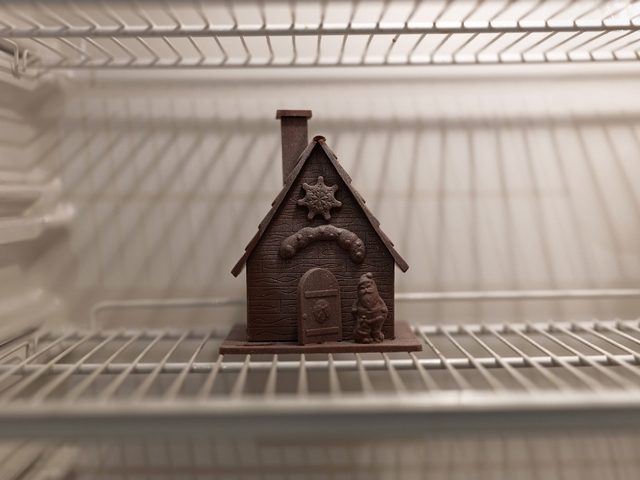
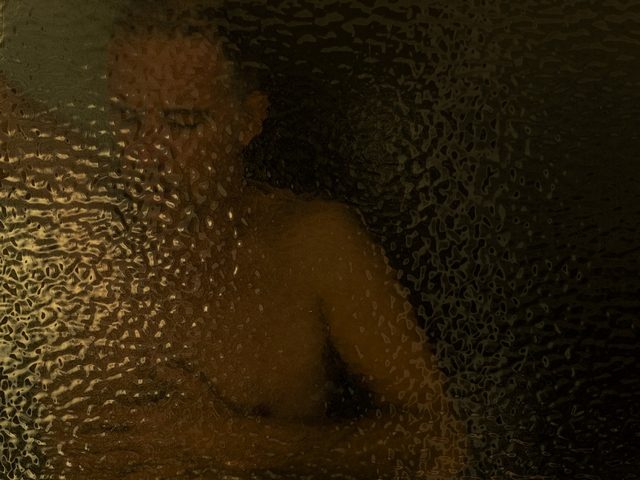
Info: Yiannis Theodoropoulos, ALFAΔΕLTA Gallery, 3 Pallados Str., Athens, Duration: 24/9-8/11/14, Days & Hours: Tue-Fri:12:00-21:00, Sat:12:00-16:00, http://adgallery.gr
